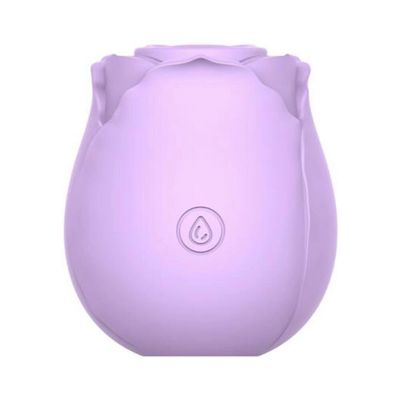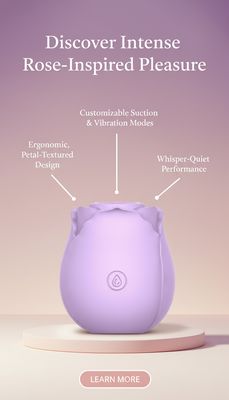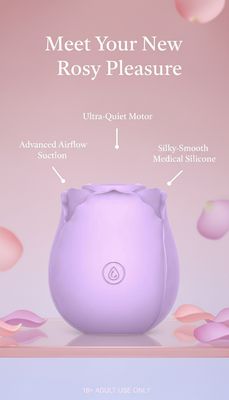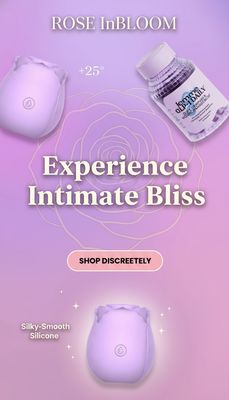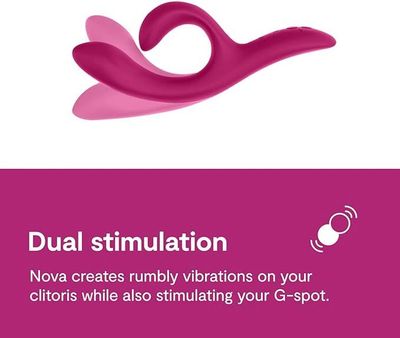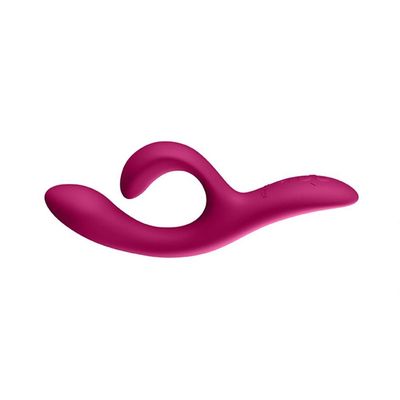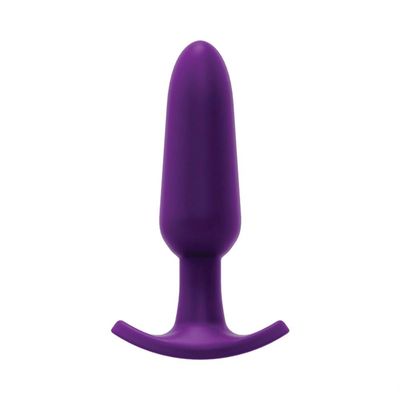Everything about the color Liliac
The meaning of the color liliac and color combinations to inspire your next creation.
Browse images in the color liliac
What color is liliac?
Lilac is a soft, muted shade of purple with a hint of pink, reminiscent of the delicate flowers of the same name. This color often evokes a sense of calmness and romance.
What are similar colors to liliac?
For variations within the same gentle and soothing spectrum as lilac, consider:
- Lavender (#E6E6FA) shares lilac's soft, purple hue but is slightly lighter, offering a more airy and ethereal feel.
- Mauve (#E0B0FF) is similar to lilac with its pinkish-purple tones, providing a more vintage and nostalgic vibe.
- Orchid (#DA70D6) is a brighter, more vibrant version of lilac, adding a lively and energetic touch to the palette.
What color goes with liliac?
To complement lilac's gentle tones, consider pairing it with:
- Mint (#98FF98) offers a fresh, cool contrast that enhances lilac's soft warmth.
- Sage (#BCB88A) provides a muted, earthy balance that pairs well with lilac's pastel quality.
- Peach (#FFE5B4) matches lilac's warm undertones, offering a gentle and harmonious contrast.
- Light pink (#FFB6C1) complements lilac's softness with its delicate, romantic hue.
- Ivory (#FFFFF0) adds a touch of elegance with its subtle, creamy tone.
What color conflicts with liliac?
To avoid clashing with lilac's soft tones, consider avoiding:
- Black (#000000) can overpower the delicate nature of lilac.
- Gray (#808080) could dull the vibrancy of lilac.
- Beige (#F5F5DC) may neutralize the subtlety of lilac.
- Cream (#FFFDD0) risks washing out the gentle hue of lilac.
- Dark brown (#654321) can create a heavy contrast that overwhelms lilac's lightness.
What does the color liliac represent?
Lilac often symbolizes youthfulness, innocence, and the joy of early spring. It is associated with renewal and the gentle awakening of nature. Psychologically, lilac can evoke feelings of tranquility and nostalgia, making it a comforting and soothing choice. In art and design, lilac is used to create a sense of calm and romance, often employed in settings that aim to relax and inspire. In photography and film, lilac can add a dreamy, ethereal quality, enhancing the emotional depth of a scene.
What's the history of liliac?
The name "lilac" is derived from the Persian word "lilak," which refers to the flower of the same name. The lilac flower, known for its fragrant blooms, has been a symbol of love and innocence since ancient times. The color lilac became popular in the 18th century, often used in fashion and interior design to evoke a sense of elegance and refinement. In modern times, lilac continues to be a popular choice for its soothing and romantic qualities, frequently used in weddings, home decor, and fashion.
Color Variations
Shades
Tints
Hues
Color Palettes
Monochromatic
Complementary
Analogous
Triadic
Tetradic
Images with liliac color
Color Conversions
#C8A2C8rgb(200, 162, 200)rgb(78%, 64%, 78%)0, 19, 0, 22hsl(300, 26%, 71%)300, 19, 78#C8A2C871, 21, -1447, 42, 6071, 25, 32511001000, 10100010, 11001000Color(red: 0.7843137254901961, green: 0.6352941176470588, blue: 0.7843137254901961)UIColor(red: 0.7843137254901961, green: 0.6352941176470588, blue: 0.7843137254901961, alpha: 1.0)Color(0xFFC8A2C8)